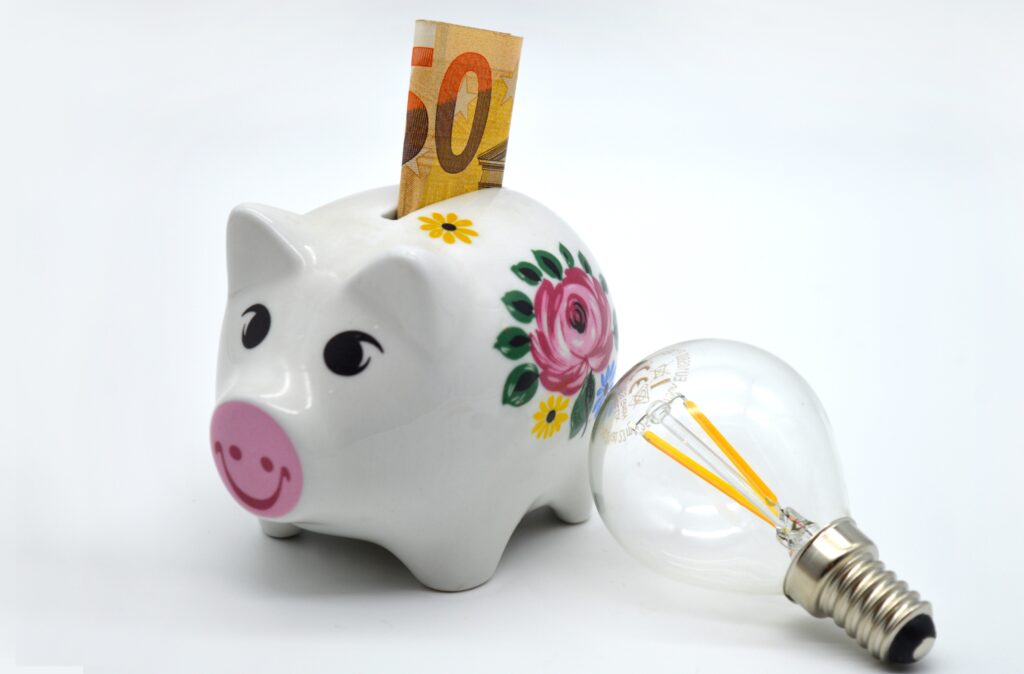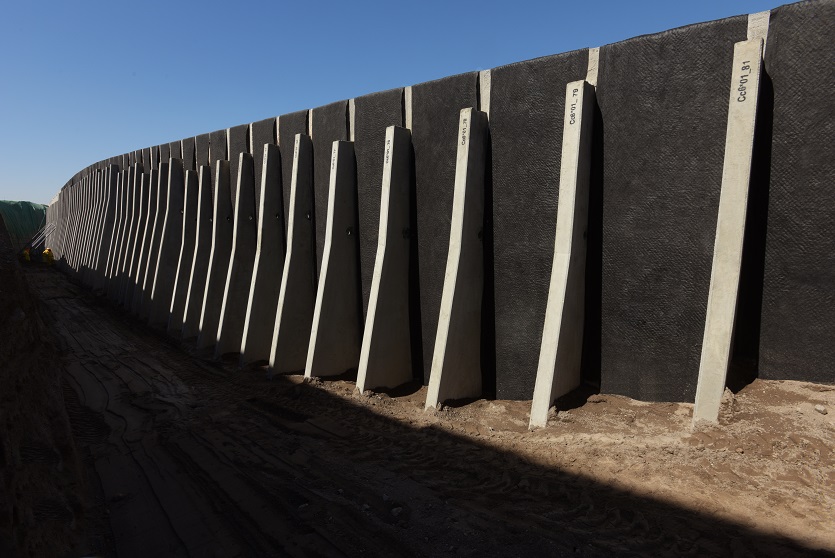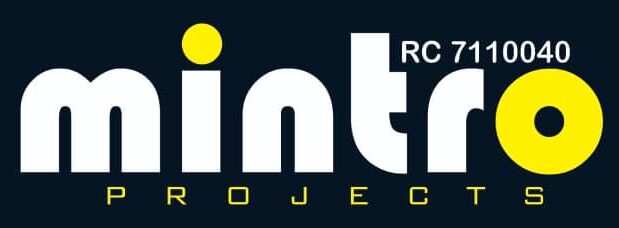Table of Contents
Introduction
In an era where sustainability and cost-efficiency go hand in hand, finding ways to reduce the cost of electricity consumption is a top priority for many individuals and businesses. Not only does this contribute to a greener planet, but it also results in significant savings on energy bills. In this comprehensive guide, we will explore practical and actionable tips to help you trim down your electricity costs without compromising comfort or productivity.

How To Reduce The Cost of Electricity Consumptions
- Monitor Your Energy Usage:
Before diving into energy-saving strategies, it’s crucial to understand where your electricity is going. Conducting an energy audit can pinpoint areas of high consumption and help you prioritize efforts. Identify energy-hungry appliances, assess insulation, and scrutinize lighting systems. This initial step lays the foundation for targeted interventions.
- Use Energy-Efficient Appliances:
Upgrading to energy-efficient appliances is a long-term investment that pays off in reduced electricity bills. Look for the ENERGY STAR label when purchasing new appliances, as these meet strict energy efficiency guidelines set by the U.S. Environmental Protection Agency. Modern appliances not only consume less energy but often come with advanced features that enhance performance.
- Optimize Lighting Solutions:
Switching to energy-efficient lighting is a low-hanging fruit in the quest for electricity savings. Replace incandescent bulbs with LED or CFL alternatives. These alternatives not only consume less energy but also last longer, reducing the frequency of replacements. Additionally, consider installing motion sensors and timers to ensure lights are only on when needed.
- Unplug Devices When not in Use:
Many electronic devices continue to consume energy even when turned off. This phenomenon is known as “phantom energy” or “vampire power.” Unplug chargers, appliances, and electronics when not in use, or use smart power strips that automatically cut off power to devices when they are not in operation. This simple habit can lead to substantial energy savings over time.
- Implement HVAC Efficiency Measures:
Heating, ventilation, and air conditioning (HVAC) systems often account for a significant portion of electricity bills. Regular maintenance, such as cleaning filters and checking for leaks, ensures optimal performance. Consider upgrading to a programmable thermostat, allowing you to set temperature schedules based on occupancy, reducing energy wastage.
- Seal Leaks and Improve Insulation:
A well-insulated home or office is more energy-efficient, requiring less effort from heating and cooling systems. Seal gaps and cracks in doors and windows, and consider adding insulation to attics, walls, and basements. This not only keeps your space comfortable year-round but also minimizes the workload on HVAC systems, also reduce the cost of electricity
- Install Renewable Energy:
Consider incorporating renewable energy sources into your electricity mix. Installing solar panels on your property can significantly reduce your dependence on the grid, leading to substantial long-term savings. Government incentives and tax credits may further sweeten the deal, making renewable energy an attractive and sustainable investment.
- Educate and Involve Occupants:
Creating a culture of energy efficiency requires the active participation of everyone using the space. Educate occupants on the importance of turning off lights, unplugging devices, and practicing energy-conscious behaviors. Encourage a collective effort to minimize energy waste, fostering a sense of responsibility for the environment and cost savings.
- Monitor and Analyze Energy Consumption:
Implementing energy-saving measures is only half the battle; monitoring and analyzing energy consumption provide valuable insights for continuous improvement. Smart meters and energy monitoring systems allow you to track usage patterns, identify anomalies, and adjust strategies accordingly. This data-driven approach ensures that your efforts yield optimal results over time.
- Stay Informed About Energy Efficiency Technologies:
The field of energy efficiency is continually evolving, with new technologies and innovations emerging regularly. Stay informed about the latest advancements, as they may offer additional opportunities to enhance your electricity-saving initiatives. From smart home automation to energy storage solutions, keeping abreast of developments ensures that your approach remains cutting-edge.
Conclusion:
How to reduce the cost of electricity consumption is a multifaceted endeavor that involves a combination of behavioral changes, technological upgrades, and a commitment to sustainability. By implementing the strategies outlined in this guide, you not only contribute to a more energy-efficient world but also enjoy the tangible benefits of lower electricity bills. Start small, track your progress, and watch as these efforts compound into significant savings over time. Embrace the journey toward a more sustainable and cost-effective energy future.
We hope you find this content useful. Please kindly take time to follow us on on facebook, and instagram.




